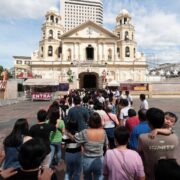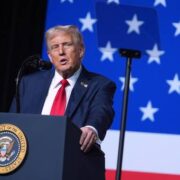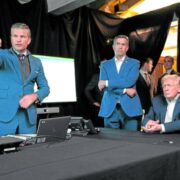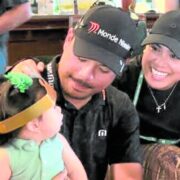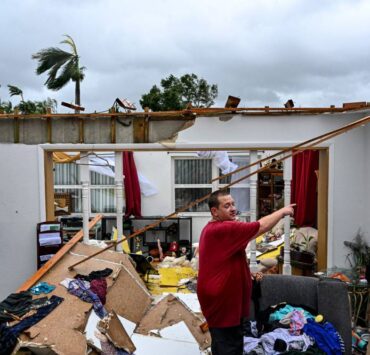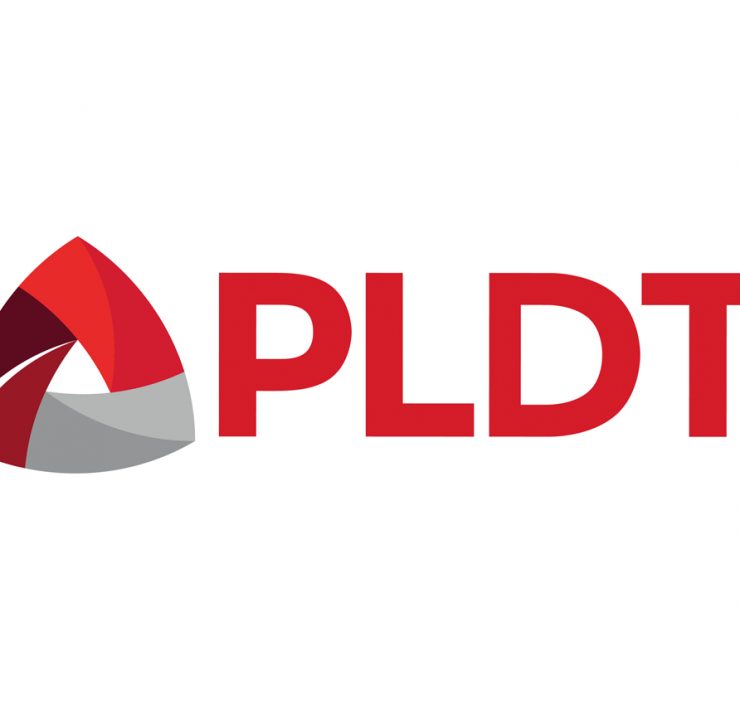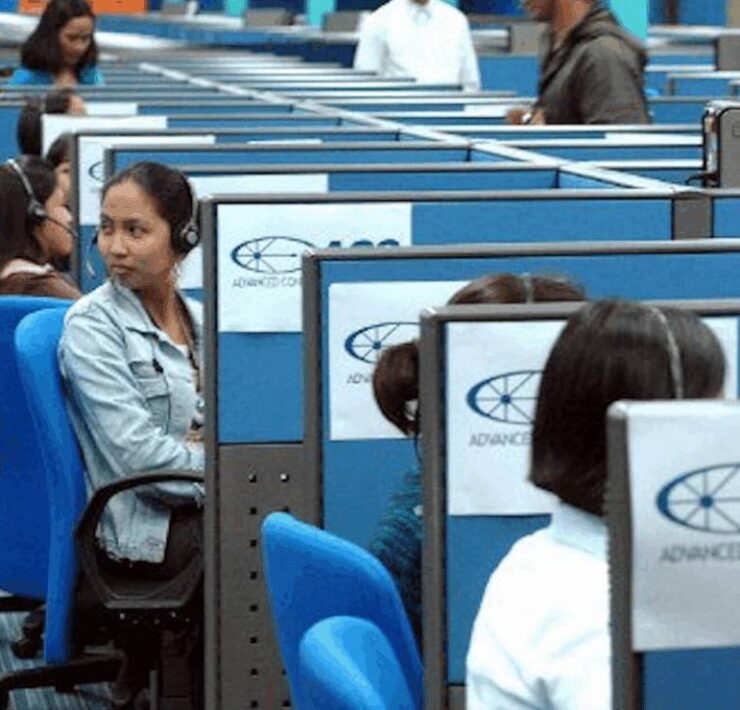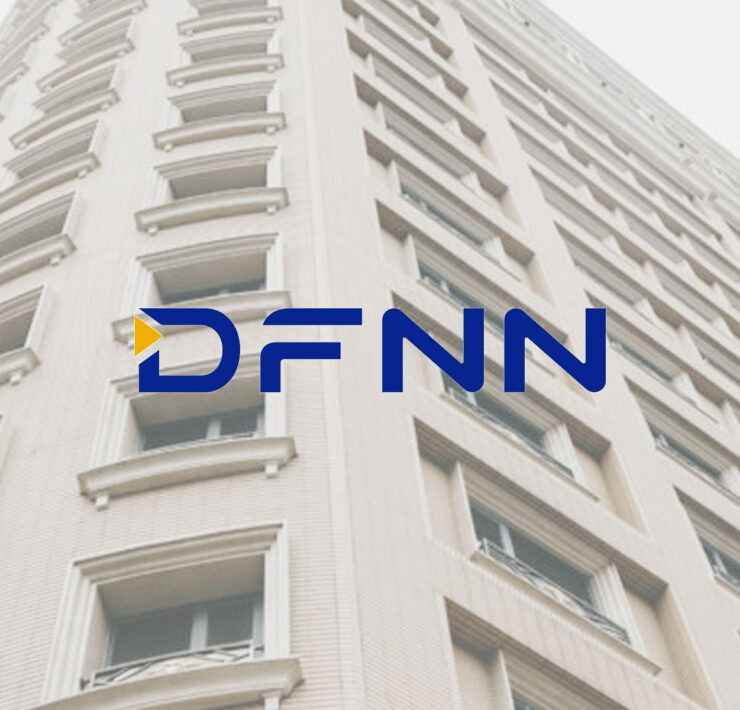Tesla’s robotaxi event panned as investors wanted more details
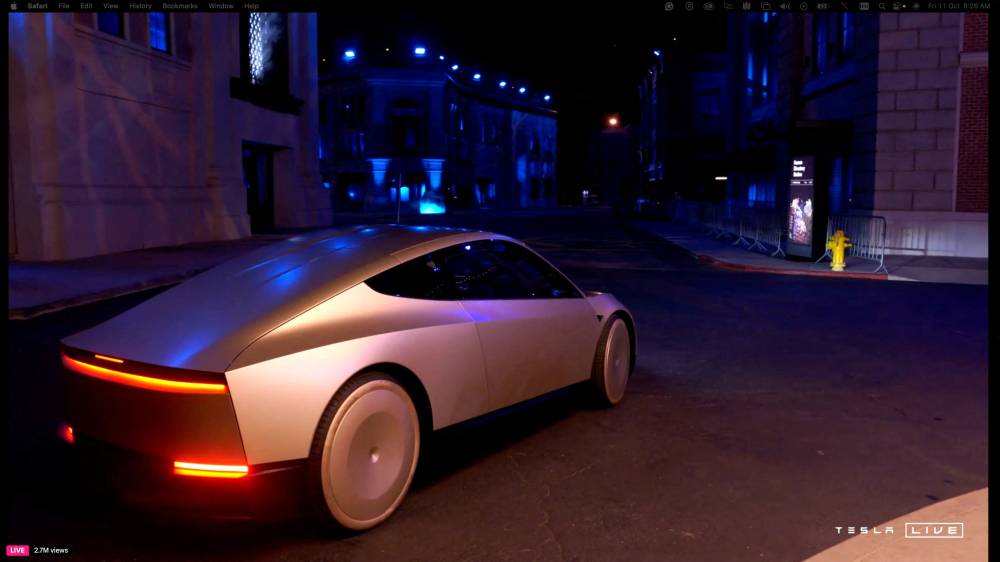
LOS ANGELES — For a businessman who perpetually struggles with broken promises, Elon Musk gave himself quite a to-do list Thursday night at Tesla’s long-awaited Hollywood unveiling of its driverless robotaxis.
His slew of announcements during a 20-minute presentation were short on practical details, which pushed the stock to close nearly 9 percent lower at $217.80 on Friday. After traversing the fake streets of the Warner Bros movie studio set in a sleek, silver two-door “Cybercab” prototype, he promised that the company’s popular Model 3 and Model Y vehicles would be able to operate without driver supervision in California and Texas by next year.
Musk said the company would start building the fully autonomous Cybercab by 2026 at a price of less than $30,000, and showed off a robovan capable of transporting 20 people around town — which he said would reshape cities by “turning parking lots into parks.”
Later came the dancing humanoid robots that also mixed drinks at the bar, which Musk said Tesla will also eventually sell for $20,000 to $30,000 a piece. “I think this will be the biggest product ever, of any kind,” he declared.
Thursday night’s electronic dance music-infused event had the signature trappings of Musk’s salesmanship, but some Tesla investors and experts said they were hoping for more concrete details on how the company plans to transform from an automaker into an autonomous driving and artificial intelligence titan with a solid business plan.
The stock, which has been pummeled since its record high in late 2021 by fears of cheaper EV rivals eating into Tesla’s market share, is up over 30 percent since April, when Musk announced the shift to robotaxis. Still, shares are down nearly 16 percent over the past 12 months, compared with a nearly 33 percent increase in the broad-market S&P 500 index.
“His vision is lovely, but somebody has to actualize it,” said Ross Gerber, a Tesla shareholder and CEO of Gerber Kawasaki Wealth and Investment Management. “For now, for the next 24 months, Tesla has to sell EVs. Why aren’t we focused on that?”
Rivals’ worries eased
Gerber said he was happy to see products like the Cybercab and the robovan, but hoped to also see a more traditional, lower-priced mass-market vehicle that the company could sell in the near future.
Musk had for years pledged to sell a car expected to start at about $25,000, a promise that investors saw as critical to winning new customers. Reuters reported exclusively on April 5 that Tesla had abandoned this project, initially sending Tesla shares down.
Shares of ride-hailing firms Uber and Lyft closed about 11 percent and 10 percent higher, respectively, as analysts said the lack of details on Tesla’s robotaxis eased competition worries for the companies.
Ramesh Poola, co-chief investment officer at Creative Planning, which holds Tesla shares, said he was impressed by the presentation but “obviously, we were looking for more details on what exactly his future plans are going to be and how he’s going to monetize this new AI and robotics.”
“He’s shown the prototypes and definitely there’s some excitement around it,” Poola said. But widespread adoption of autonomous Cybercabs, where riders can hail rides through an Uber-style app, are still “maybe three to four years away,” he said.
That is not necessarily a bad thing, Poola said, adding that he will be telling clients not to sell Tesla stock. “There are lots and lots of avenues to monetize this technology,” he said. “Cybercab may not necessarily be next year, but down the road, the viability is there.”
Reuters, the news and media division of Thomson Reuters, is the world’s largest multimedia news provider, reaching billions of people worldwide every day. Reuters provides business, financial, national and international news to professionals via desktop terminals, the world's media organizations, industry events and directly to consumers.



